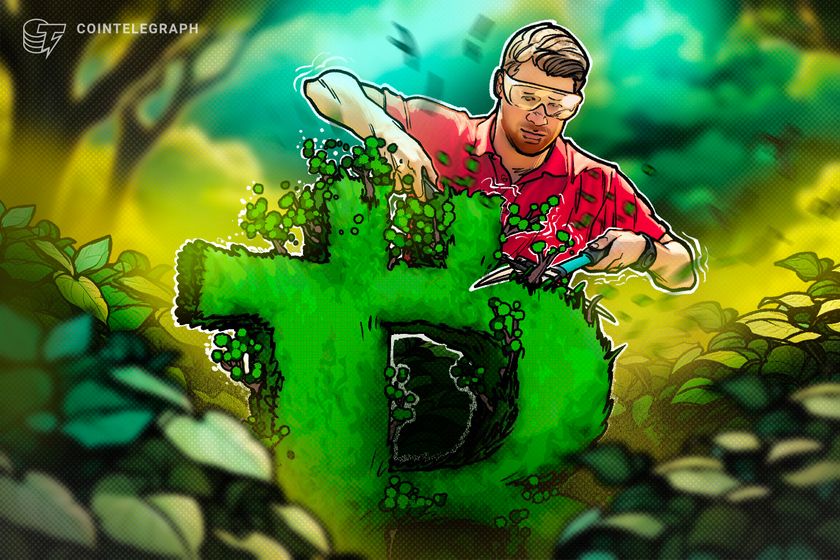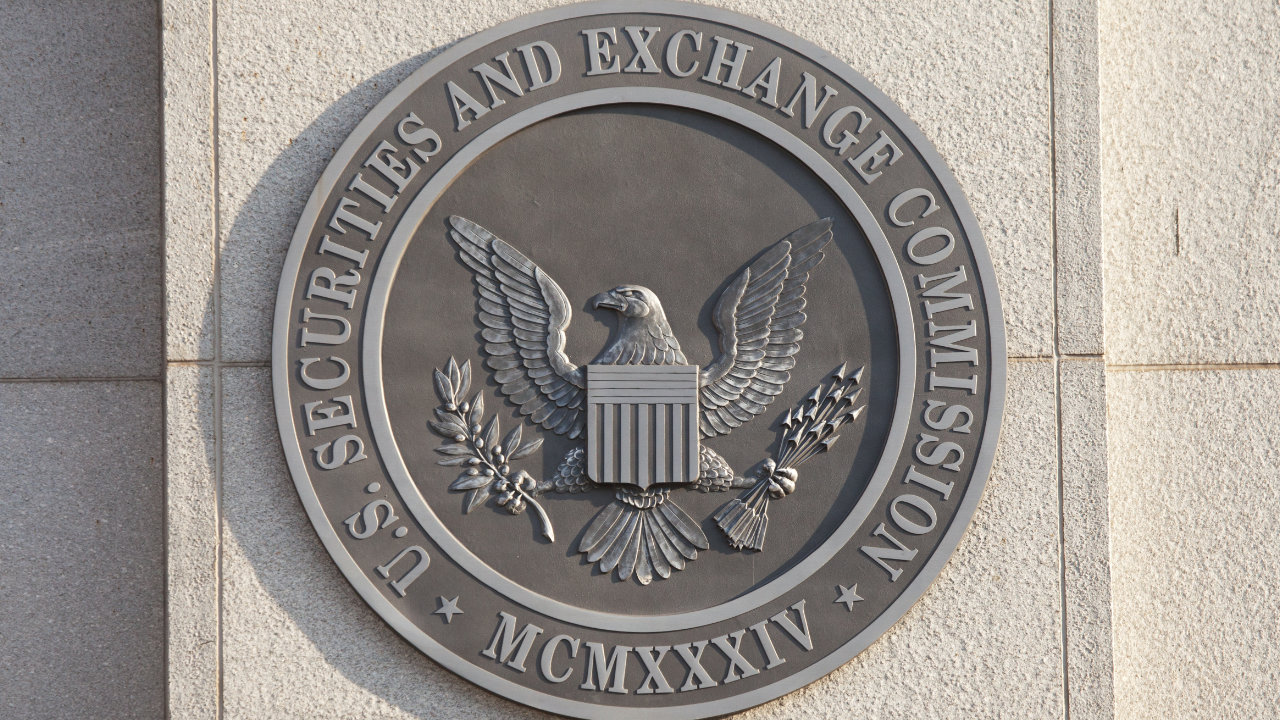
A look at why some Bitcoin miners continue to thrive in the bear market while others need to rethink their strategies in order to continue operations.
The Bitcoin mining industry continues to face a challenging year as the price of Bitcoin (BTC) hovers below $20,000, coupled with rising energy costs in North America and Europe. Regulators have also recently started clamping down on crypto mining, as a recent report from the Bitcoin Mining Council (BMC) found that Bitcoin has seen a 41% increase in energy consumption year-on-year (YoY). As a result, a number of crypto mining companies have been forced to sell off equipment, while others have filed for bankruptcy.
Yet, this hasn’t been the case for some miners, particularly those focused on clean energy solutions and strategic approaches. For example, in September, crypto mining firm CleanSpark announced an agreement to acquire Mawson’s Bitcoin mining facility in Sandersville, Georgia, for $33 million. The crypto mining company White Rock Management also recently expanded its mining operations to Texas.
Why some Bitcoin miners are thriving in a bear market
Matthew Schultz, executive chairman of CleanSpark, told Cointelegraph that he views mining as a unique way to decrease energy costs when leveraged for reasons other than making profits. According to Schultz, this perspective has differentiated CleanSpark from other crypto-mining companies. “Bitcoin mining is a potential solution for creating more opportunities for energy development,” he said.
Schultz elaborated that CleanSpark partners with cities in the United States, like Georgia and Texas, to buy excess energy. For example, he noted that CleanSpark works with local areas in Georgia that receive energy from the Municipal Electric Authority of Georgia.
“These cities essentially become our utility provider. They make a margin on every kilowatt hour we buy to conduct our mining operations. Yet, we are buying such high quantities of energy that it brings down energy costs for the communities we work with. We aim to impact cities posivetly by driving energy costs down,” he said.

Schultz also pointed out that CleanSpark formed a partnership with the energy company Lancium to support their data center in West Texas by buying excess renewable energy to create grid stability. As a result, Schultz shared that CleanSpark currently has half a billion United States dollars worth of assets on its balance sheet and less than $20 million in debt, along with support from investors like BlackRock and Vanguard. Given this, Schultz believes that the crypto bear market has impacted CleanSpark differently in comparison with other crypto miners.
For instance, he noted that when one Bitcoin was worth $69,000 a year ago, many miners were discussing plans to hold BTC. “These miners also made huge commitments to companies like Bitmain for the future delivery of mining rigs,” he said. Yet, according to Schultz, CleanSpark conducted extensive analysis of the number of mining rigs being ordered last year while also looking at future energy projections. He stated:
“We reached the conclusion that rather than sending a deposit for mining equipment to providers last November that are just now being delivered, we saw the possibility of an oversupply of rigs and an increase in energy costs. Therefore we sold Bitcoin when it was in the $60,000 range and invested proceeds in infrastructure instead.”
Not only did this allow CleanSpark to acquire its new mining facility in Sandersville, Georgia, but Schlutz also noted that the firm is currently purchasing Bitcoin mining rigs at a very low rate. “We are buying rigs for $17 per terahash that one year ago cost $100 per terahash.”
As a number of miners are forced to sell their equipment, both used and new mining rigs are being sold at below market prices, creating buying opportunities for firms like CleanSpark.
Scott Offord, owner of Scott’s Crypto Mining — a service that provides new and used mining equipment, along with mining training courses — told Cointelegraph that prices for miners are now very inexpensive, partly based on a lack of demand due to the low price of Bitcoin. Offord added that many of the used miners he is currently selling have come from hosting facilities in debt. He said:
“During the last bull run you couldn’t get miners without a 6-month lead time. It’s the opposite now since many miners aren’t capitalizing. Usually, Bitcoin miners get rid of their gear because equipment is old and something newer is on the market, but it seems like now people are selling because they need cash flow.”
Offord also pointed out that he is seeing a lot of new mining gear hit secondary markets. “Many new generation Antminers are being resold. For example, things like S-19s, which are some of the most efficient miners in the world right now,” he said.
In terms of pricing, Offord explained that crypto miners may be able to buy a new Antminer S-19j pro for about $20 per terrahash. “This same machine would have cost three times as much with a three-month lead time one year ago,” he added.
Echoing Offord, Andy Long, chief operating officer of Bitcoin mining firm White Rock Management, told Cointelegraph that miners who are selling equipment are generally doing so to cover debt payments for hardware bought when prices were higher. “Hardware is now being bought by well-capitalized miners and will continue to be used to secure the network,” he said.

According to Long, White Rock Management’s operations in the United States have not been impacted by the bear market, adding that its facility in Texas operates completely off-grid. “White Rock’s U.S. operations are powered by flared natural gas, while our mining operations in Sweden are also 100% hydroelectric powered.”
Bitcoin miners rethink business strategies
While miners like CleanSpark and White Rock Management continue to grow, others may need to rethink their business strategies. Elliot David, head of climate strategy and partnerships at Sustainable Bitcoin Protocol — a green Bitcoin mining certification protocol — told Cointelegraph that he believes conditions for miners are going to get worse before things improve. “Miners that want to survive the long term will have to change their strategy,” he said.
Indeed, some miners are making adjustments. For example, Jonathan Bates, CEO of crypto mining firm BitMine, recently mentioned in a press release that due to the sharp decline in mining rig prices, the firm will currently only focus on self-mining rather than hosting for others.
“Given the sharp drop in ASIC prices, we feel that focusing on self-mining is a better use of our datacenter equipment and a better use of firm capital at this time,” he stated. He added that the firm plans to “pursue joint ventures and partnerships where our infrastructure equipment can be paired with ASIC miners valued at current prices.”
The press release further noted that on Oct. 19, Bitmine entered into a repurchase and hosting agreement with The Crypto Company (TCC), a publicly listed blockchain company.
Under this agreement, Bitmine agreed to repurchase certain ASIC miners previously sold to TCC while also purchasing additional ASIC miners owned by TCC. Bitmine will also terminate the hosting agreement that it had established with TCC.
To be specific, Bitmine sold TCC 70 Antminer T-17s for $175,000, along with 25 Whatsminers for $162,500, for a total purchase of $337,500 during February this year.
Simultaneously, Bitmine and TCC entered into a hosting agreement under which Bitmine agreed to host the miners, along with other miners owned by TCC.
Due to current conditions, it’s been noted that Bitmine will accept the return of the 70 Antminer TY-17s for a credit of $175,000 as a warranty claim. Bitmine will also purchase the 25 Whatsminers for $62,500 and the 72 Antminer T-19s from TCC for $144,000. This marks a significant decrease in price from when the units were initially sold.
In 2021 — during the height of the crypto bull run — Bitmine entered into an agreement with a telecommunications company located in Trinidad and Tobago. The agreement allows Bitmine to co-locate up to 125 800-kilowatt containers for hosting miners over 93 potential locations. Bitmine is also able to co-locate containers at its own pace, paying a fixed amount per container, along with the electricity costs incurred by its containers.
At the time of the agreement, Bitmine noted that the electricity rate expected to pay for the hosting containers was $0.035 cents per kilowatt-hour. This was based on the rate currently paid by the telecommunications company.
In October of this year, Bitmine completed the installation of its initial hosting containers in Trinidad. However, prior to commencing operations, Bitmine shared that the telecommunications company advised that the electric company would not honor its existing agreement and instead indicated that the rate would be approximately $0.09 per kilowatt-hour. Although the telecommunications company has protested this decision, Bitmine has chosen to delay the installation of additional containers in Trinidad until the dispute is resolved.
The future of crypto mining
Given recent changes being made by miners, David believes that the crypto-mining industry is approaching a junction. “Miners will need to diversify their revenue streams,” he said. With this in mind, he explained that there has been growing interest from clean energy miners that want to work with Sustainable Bitcoin Protocol to ensure sustainable mining practices as a way to be more financially resilient.
Echoing this, Offord mentioned that he is seeing more interest from miners regarding their environmental impact. “Miners are seeking opportunities in places where there is flare gas that needs to be mitigated, or where biofuel is being created from farm waste. Miners are not just focused on building a Bitcoin mine, but want to build something sustainable that can be carbon negative.”
In addition to sustainability, David pointed out that regulations are becoming more important than ever before for crypto miners. He noted that this is especially true within the United States, noting:
“The industry in the U.S. is becoming increasingly aware that unless they regulate themselves that the various levels of government might step in. I've spoken with a number of policymakers and staffers, and in a crunch the Bitcoin mining industry will be a likely first target.”









